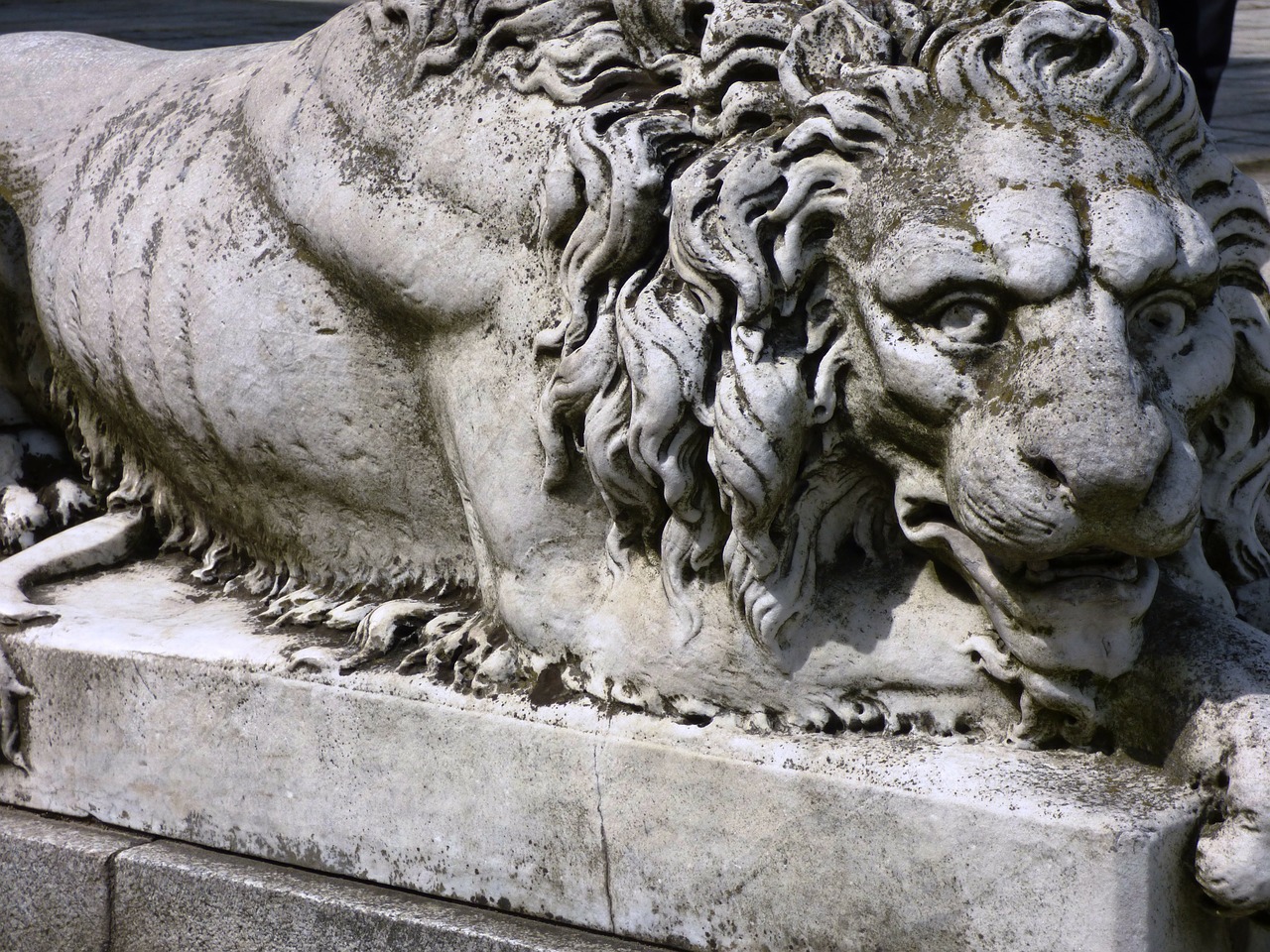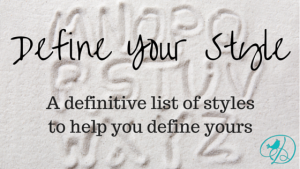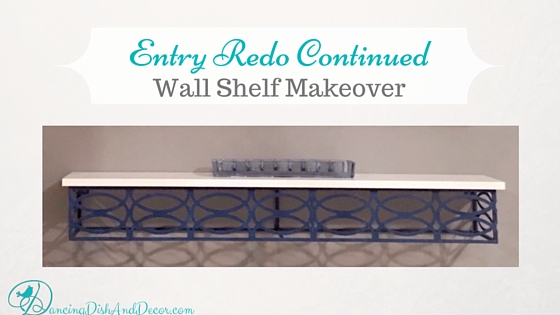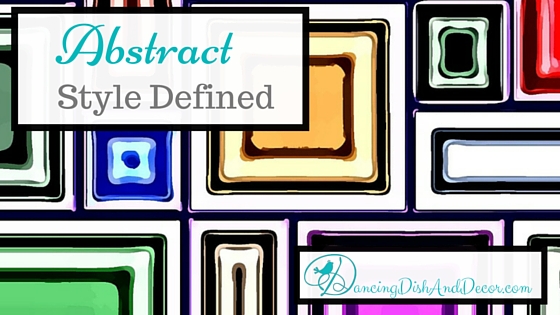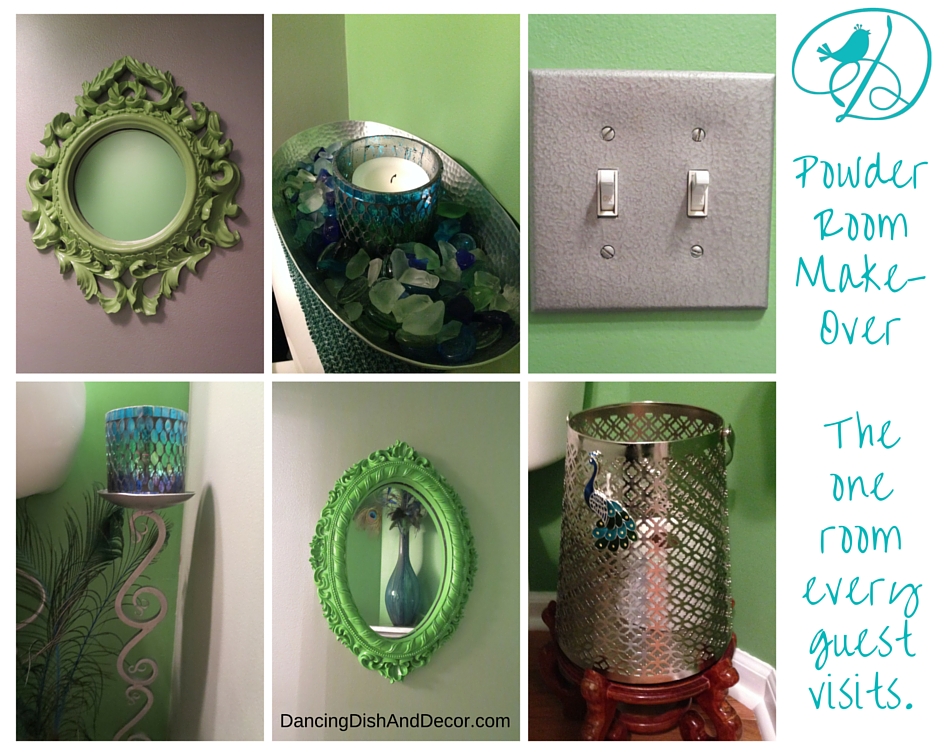Renaissance Style – A Movement
History
Italy was the birthplace of the artistic, cultural and social Renaissance. Coming after the middle ages, the Renaissance movement took place during the mid-14th century to late 16th century. It’s design was influenced by classical antiquity yet aspired to be modern. The “new” architectural principles were elegant, symmetrical, proportioned, and spacious. Interior design was heavily affected by the cultural movement and artistic thought of the time period.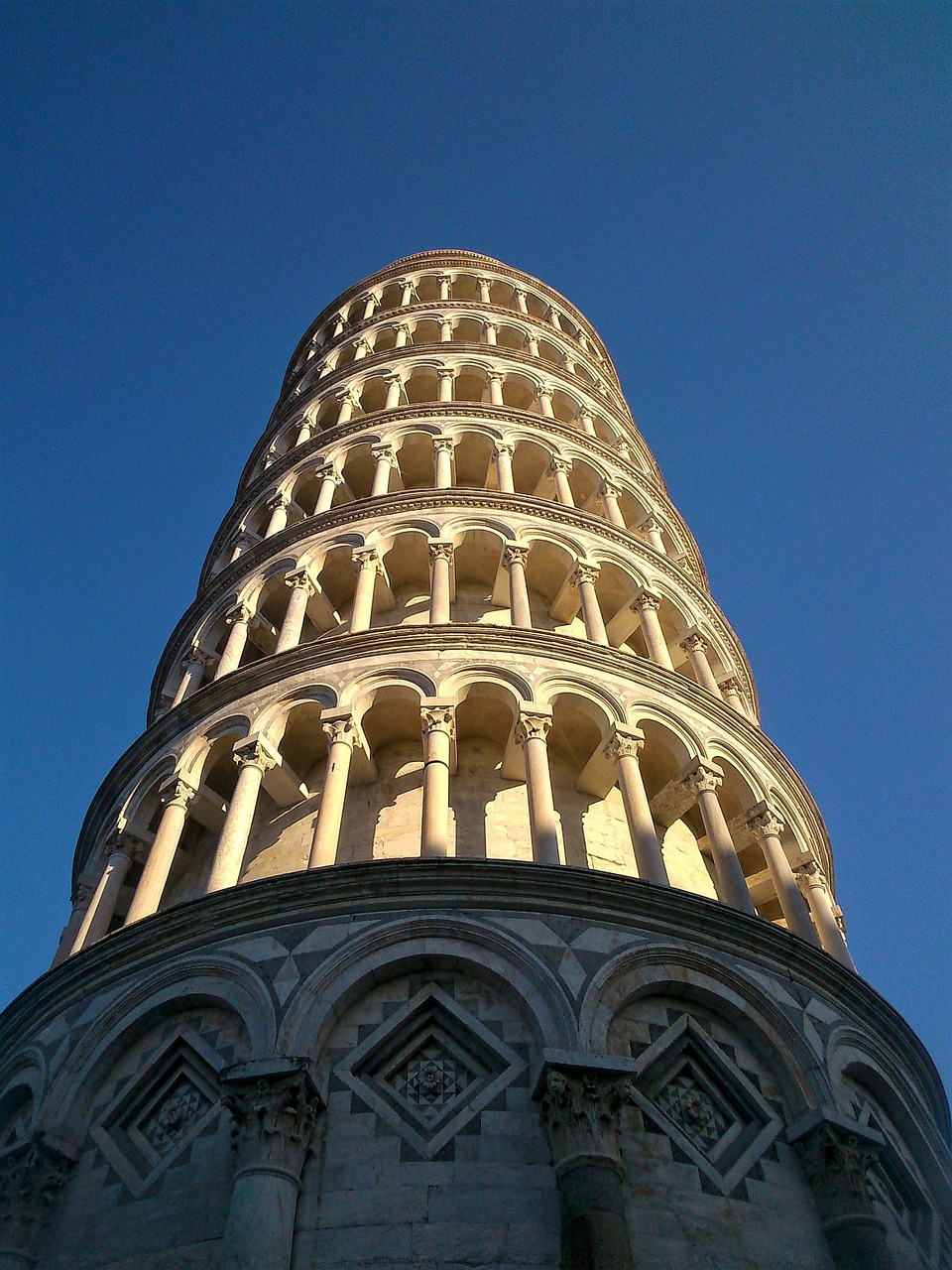
Influences – Similar Styles
This style was inspired by the ancient Greeks and Romans.
Colors
The colors of Renaissance style are mostly deep, dark and rich, some might say gloomy – deep blue or green, dark purple, burgundy; with highlights of neutrals, pastels and cool tints of white.
Design Elements
Common accent pieces found in this style are tapestries, human busts, sculptures, portraits, dark woods, marble, stone, ornate carvings. Many of the design elements featured biblical or pagan characters. A tiled design repeated many times, Arabesque, often decorated walls, ceilings and even furniture. I did not feel I could do justice to describing what Arabesque is; the history is fascinating, you can read it HERE.
Walls & Floors & Ceilings
Indoor and outdoor rooms in a Renaissance styled home, would include:
- High detailed ceilings which were beamed or carved and painted rich colors or gilded for a grand impact
- Smooth walls painted with patterns in neutral colors
- Mural fresco paintings
- Large spaces
- Doors and windows with rounded arches
- Floors of ornate, earth-tone brick, tile or marble in complex patterns and geometric designs
Furniture
Marriage chests also known as hope chests were common pieces of furniture. The richer and more important the family the more ornate and grand these chests would be. Depictions of bible scenes or mythological plots would be carved or painted onto the hope chest.
Walnut or willow were used to make richly styled furniture. The wood would be inlaid with intricate designs in ivory, gold, stone, marble or other precious elements. Grotesque pieces with gargoyles and monsters, leaves and lion’s head were common furniture and architectural design elements. All of it was sumptuous and grand.
Cabinets often mimicked a palazzo with doors, windows, columns and architectural elements. They would containe lots of drawers with both visible and hidden compartments.
Invention of the 4-poster bed, with a raised platform and canopy with rich colored drapes (which were more than pretty, they kept the cold out) came from the Renaissance period. Like everything else these beds would include ornate carvings.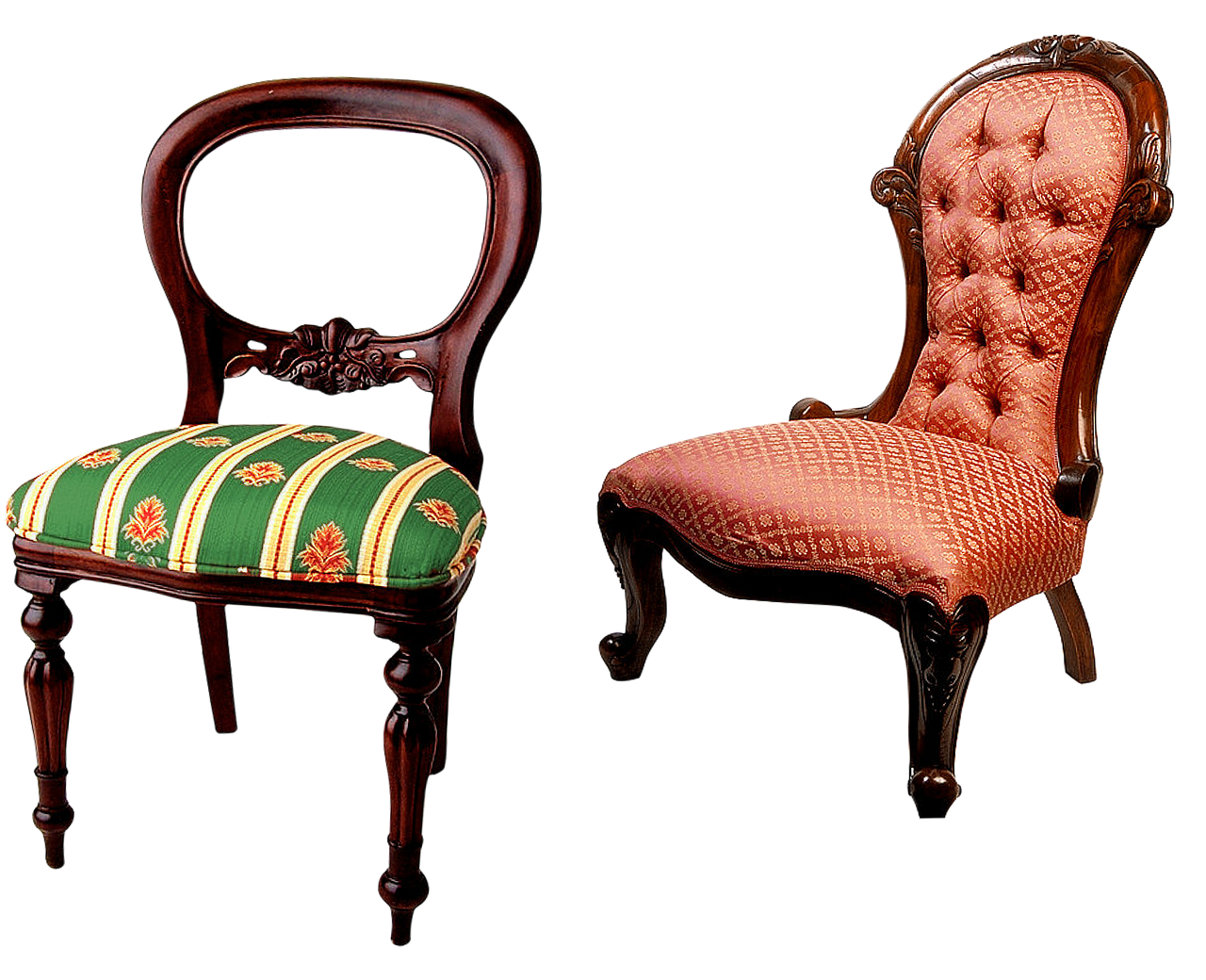
Like the marriage chests, chairs would also be a sumptuous symbol of wealth, in contrast poorer people might only be able to afford a 3-legged stool. Chairs were mainly designed for women and in such a way to incorporate their heavily layered dress of the time period. In general the lavish furniture design included lots of architectural details such as columns, pilasters, pediments and cornices.
It is easy to incorporate the Renaissance style into your home with deep colors, heavy wood furniture and the absolute must of a four poster bed. I love the rich heritage of strong thought – spiritual, artistic and even political, expressed in the designs of this period.
When I visited the Biltomore last year, there were lots of Renaissance influences there. You can read about my trip HERE. Let me know what you think in the comments below; I am wondering do you have a gargoyle in your decor?
Blessings,
Lauree
…keep dancing the dream
